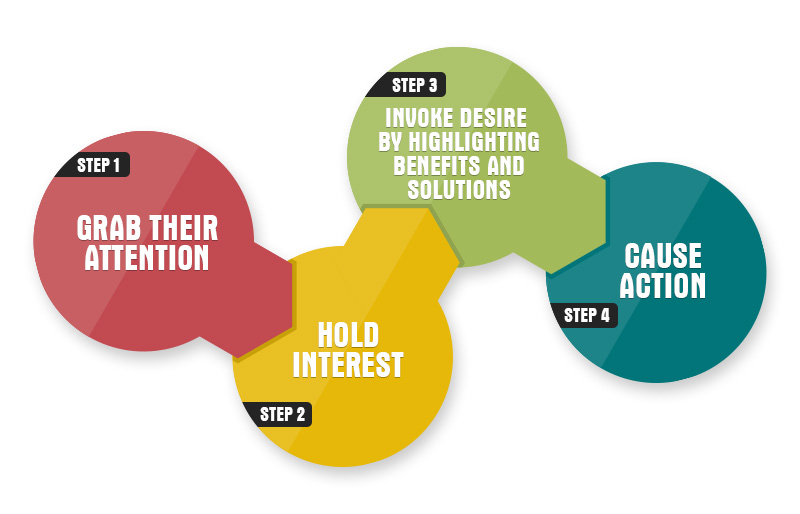Content writing is not a new term in the industry. Companies have identified content writing as a vital force to boost their brand presence, increase customer interaction, and eventually push their business. There is a new term which is creating quite a buzz these days. We are talking about UX writing. It wouldn’t be incorrect to label it as an extension to digital content writing. But what really is UX writing? Let’s explore it:
What is UX writing?
UX writing is basically writing a copy for user-facing touchpoints. This copy must not only speak about the organization but should also be user-centric and useful for users.
Here’s a very good example – One smart UX writer once thought that when a user sends a newsletter through MailChimp, they’re a bit anxious. To make them feel better about what they’ve just sent, he designed a success message “High Five! Your campaign is in the send queue and will go out shortly”. This simple message gave assurance to the user and also congratulated him. It certainly makes a user relaxed and happy.
Today, organizations have realized that copywriting is not something that only the marketing team takes care of. User experience must be infused in copywriting to make it more connecting and effective. With this, a new role has emerged in the market known as UX Writer. Be it Amazon, Google, Dropbox, PayPal or MailChimp. There’s requirement of a UX writer everywhere. Here are the common job responsibilities of a UX writer:
Research
UX writers are full-fledged members of the UX team. As a member of the UX team, they are expected to actively conduct or participate in audience and user related research. One thing is for sure that a UX writer is not just a writer. He is more of a user experience expert who will use his expertise to understand what the user feels at different stages on the website and design a copy to touch on those emotions.
Writing
Well, this goes without saying that the ultimate responsibility of a UX writer is to write an impressive copy. And, it’s not about mere good writing. It’s about great writing. An UX writer should be able to explain his every single choice of word and must be able to justify it. He should be a wordsmith at the peak of his art.
Collaboration
Cross-team collaboration is one of the most critical responsibilities attached to this job role. Anyone who has written something professionally will agree to the fact that everyone has their own choices and viewpoint when it comes to words. The marketing team might stick to something which the UX team totally dislike and vice-versa. So it’s essential to strike the balance by justifying your choice of words.
These are the core job responsibilities of a UX writer. Other responsibilities include executing editorial strategy, building content strategy, writing marketing copy, and writing user-friendly training material.
An efficient UX writer can really do wonders for your brand. It can provide an edge to your business and solidify your connection with users. But, it’s not that easy or pocket-friendly for companies to get one. That’s where NYX ditech comes to your rescue. Our team has some of the best UX writers who can work along with our development and marketing team to give you best digital solutions. Share your requirements with us today.




